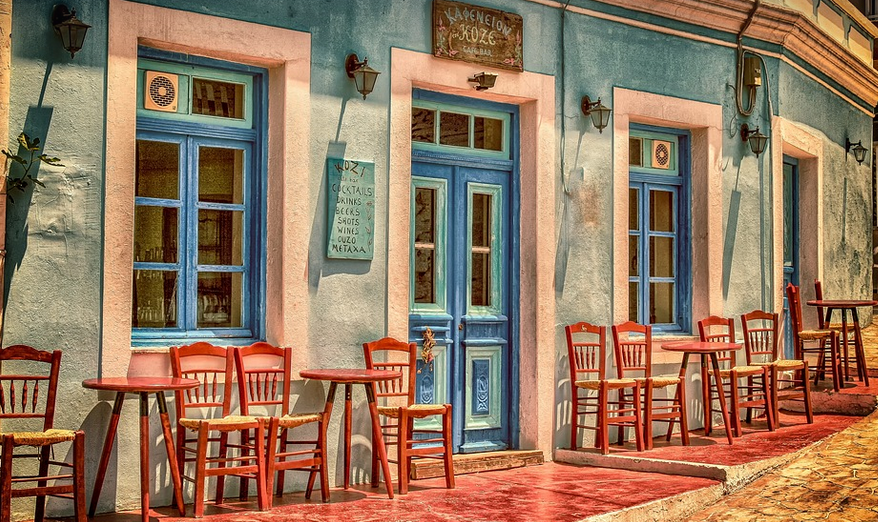A Peek into the Past: The Site’s History
The Linq Hotel, that iconic landmark on the Las Vegas Strip, is a testament to modern-day extravagance. It occupies a site steeped in history, one that saw various transformations and stories unfold before it became the shimmering spectacle we know today.
To truly appreciate the Linq’s allure, let’s rewind the clock and delve into what the landscape looked like before the hotel’s grand unveiling. The site itself was once a quiet corner of the Las Vegas Strip, a canvas waiting for its artistic touch.
Before the bustling entertainment hub took shape, the area was quite different. It was predominantly occupied by an office and warehouse complex belonging to MGM Grand. This establishment housed a significant portion of the company’s operations; offices, storage spaces, and even a small theatre.
The area’s transformation began with a vision that transformed the space into something much grander. As MGM embarked on ambitious projects like the Grand Casino and its later expansion, they needed to rethink their existing setup, creating an opportunity for significant changes.
As the years progressed, the office building started to feel outdated and cramped within a rapidly evolving and expanding Las Vegas. The bustling city of the Strip wasn’t just about casinos and entertainment anymore; it was also becoming a hub for commerce and technology.
MGM realized that they needed to adapt their infrastructure to match the city’s fast pace. This led to a strategic decision to develop parts of the office complex into retail spaces. The goal was to attract visitors with retail options, creating a vibrant atmosphere within the neighborhood.
As the idea took shape, it soon became clear that this new development needed something more – something uniquely Las Vegas. It had to capture the spirit of the city’s entertainment and glamour. This is where the Linq Hotel came into the picture.
The decision-making process involved a number of factors, including economic projections, market trends, and the desire to expand the appeal of the property. MGM decided to transform the site into a hotel that would be a beacon of modernity, offering visitors a chance to experience the exciting possibilities Las Vegas had to offer.
The Linq Hotel’s development was ambitious; it was not simply about building another hotel. It was about creating an experience that would captivate and inspire. The site’s history provided a platform for this vision, allowing them to blend the past with the future.
As the construction of the Linq Hotel began, the iconic structure emerged as a symbol of innovation in Las Vegas. It brought together a unique blend of architectural styles, materials, and design elements, resulting in a building that was both stunning and practical.
This transition from office to hotel was not just about changing the use of the space. It also reflected a broader societal shift; Las Vegas was becoming more than just a tourist destination. It was evolving into a city that offered something for everyone, from business professionals to families seeking fun and excitement.
The Linq Hotel stands as a testament to this dynamic transformation of the Strip. It’s a bridge between the city’s past and present, a reminder that Las Vegas is constantly evolving and adapting to the changing tides of society.
As we continue to explore the diverse landscape of Las Vegas, it’s fascinating to see how the city’s history continues to be reflected in its modern-day developments. The Linq Hotel serves as a compelling example of this, showcasing the ever-evolving nature of one of the world’s most vibrant and exciting cities.
So the next time you find yourself standing before the shimmering towers of the Linq Hotel, take a moment to appreciate its fascinating history. It’s a story that blends ambition, creativity, and a deep understanding of what makes Las Vegas so unique.
